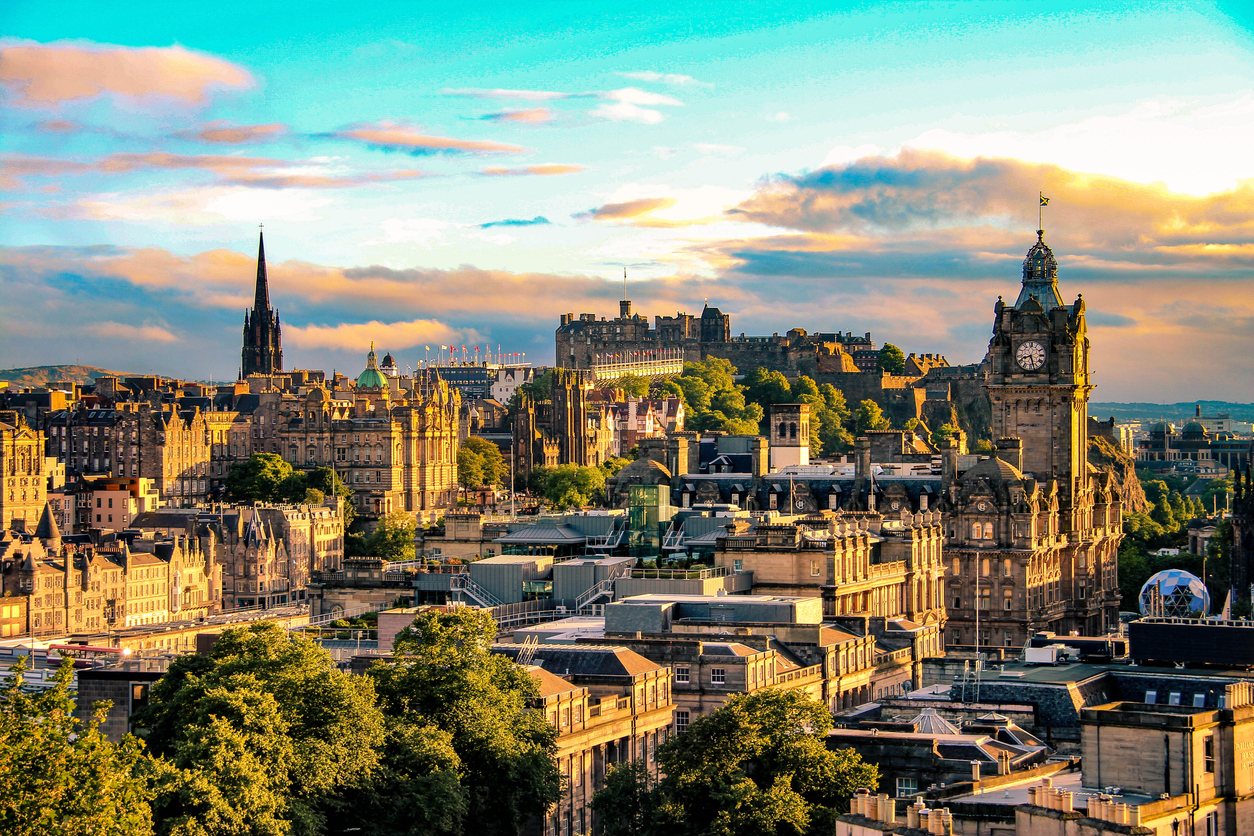The appeal of city living

Over the last year, many people have found themselves considering whether their current homes are still suitable for their needs and lifestyles. At the same time, there’s been plentiful press coverage about urban depopulation, mainly inspired by events in the rental market. Tenants have been moving to less densely-populated areas in response to the absence of rush-hour commuting, benefiting from lower living costs and more outside space. City centre rents have fallen across some of the UK’s major population centres, as empty universities and a lack of tourism heighten a general lack of demand.
However, even as tenants vote with their feet, the long-term appeal of city living remains undimmed among people who’ve bought – or plan to buy – their own apartments or houses. So what’s causing this difference of opinion between buyers and renters?
City slickers
Landlords have a lot to lose if city centre living doesn’t regain its lustre, yet they’re fairly relaxed about the current dip in demand for city living. Indeed, most landlords expect tenants to quickly return to urban postcodes once the full leisure resources of our biggest cities are fully restored. Early signs of this are already visible in central Edinburgh, where tenant demand has risen sharply since Easter, up 26% compared to the previous six week period.* This could mirror a trend first seen a century ago; the 1920s heralded an explosion in cocktail bars and concerts, as a weary nation tried to forget the miseries they’d endured during World War I. Many analysts are now predicting another Roaring Twenties, as society attempts to banish memories of lockdowns and loneliness. And where better to live than in the heart of the action?
City living offers more than proximity to local amenities and like-minded people. It provides the outdoor space that some tenants mistakenly think they’ll only find in the suburbs. Glasgow alone hosts over 90 parks and gardens, from high-profile tourist attractions such as Glasgow Green and the Botanics to hidden gems like the Cuningar Loop and the Seven Lochs. Cities are great for running and cycling, relaxing on a bench with a good book, or exploring urban streets looking for your next Instagram opportunity. Parents get to tire out children on outdoor play equipment, and dog walkers can follow a different route every day.
Broadening the mind
Foreign travel remains restricted for now, but it won’t be long before proximity to an airport becomes a prized asset again. In the meantime, as staycations grow in popularity, living within walking distance of a major train station simplifies domestic travel. Central Scotland has an outstanding motorway network, placing huge numbers of amenities within easy driving distance. And while commuting may never dominate our working week as it did before 2020, many employers are developing a hybrid business model combining home working with regular office visits. Walking to work is far healthier and cheaper than commuting from an isolated rural village or a satellite town with limited transport options.
Finally, it’s worth considering the investment being directed towards our cities, from Town Centre and Future High Streets funds through to 5G infrastructure and gigabit broadband. Cycle lanes are replacing dual carriageways, hospitality premises are creating valuable outside space, and small businesses are springing up to replace those lost in the pandemic. Commercial-to-residential redevelopments create designer apartments out of unwanted shops and office spaces, while new-build city homes continue to tempt buyers with their unique blend of space, specifications and centrality. As our cities regain their normal vibrancy and character, a new home in an urban area may once again represent the best of all worlds.
*Source: Hometrack Q1 2021 UK Rental Market Report, 12 May 21





